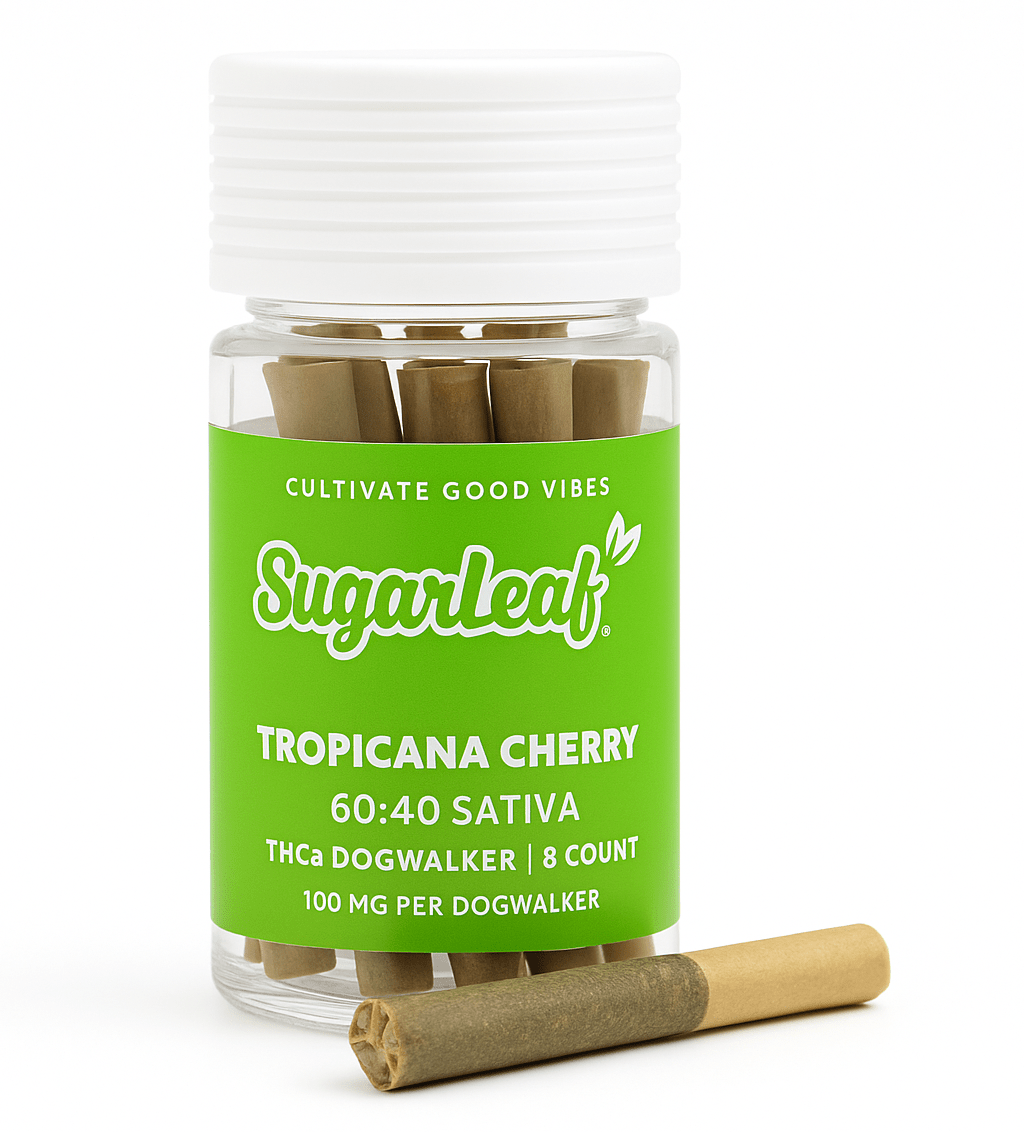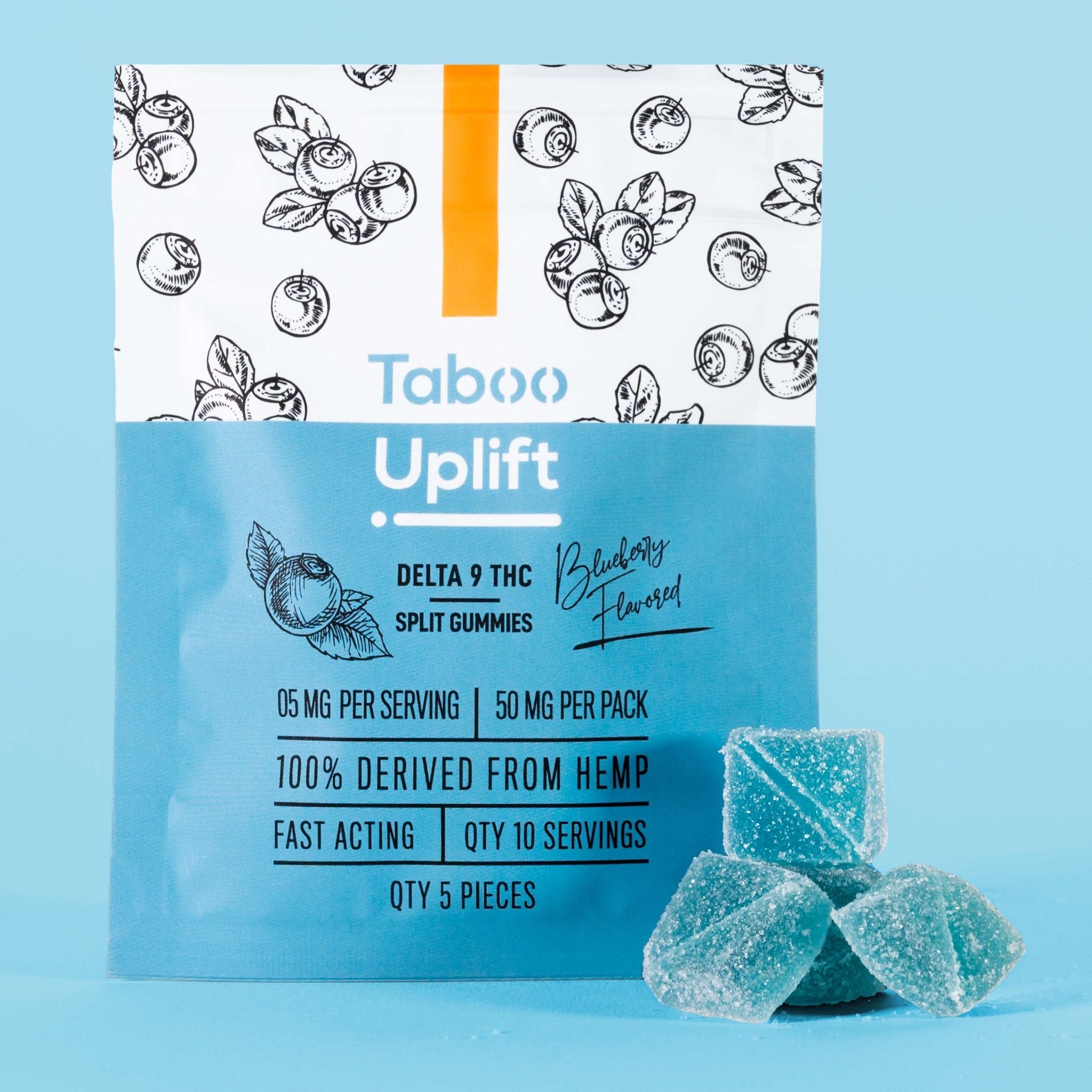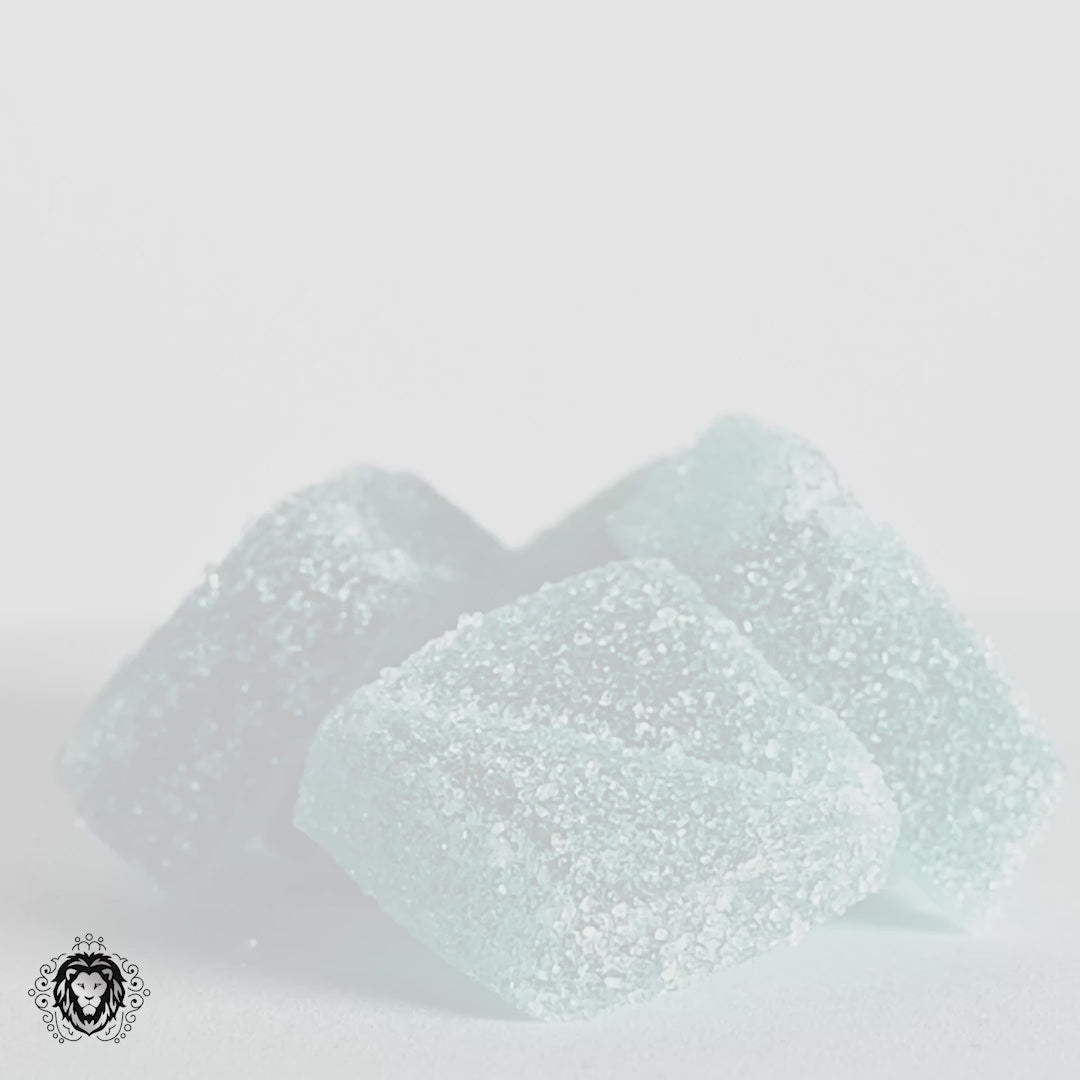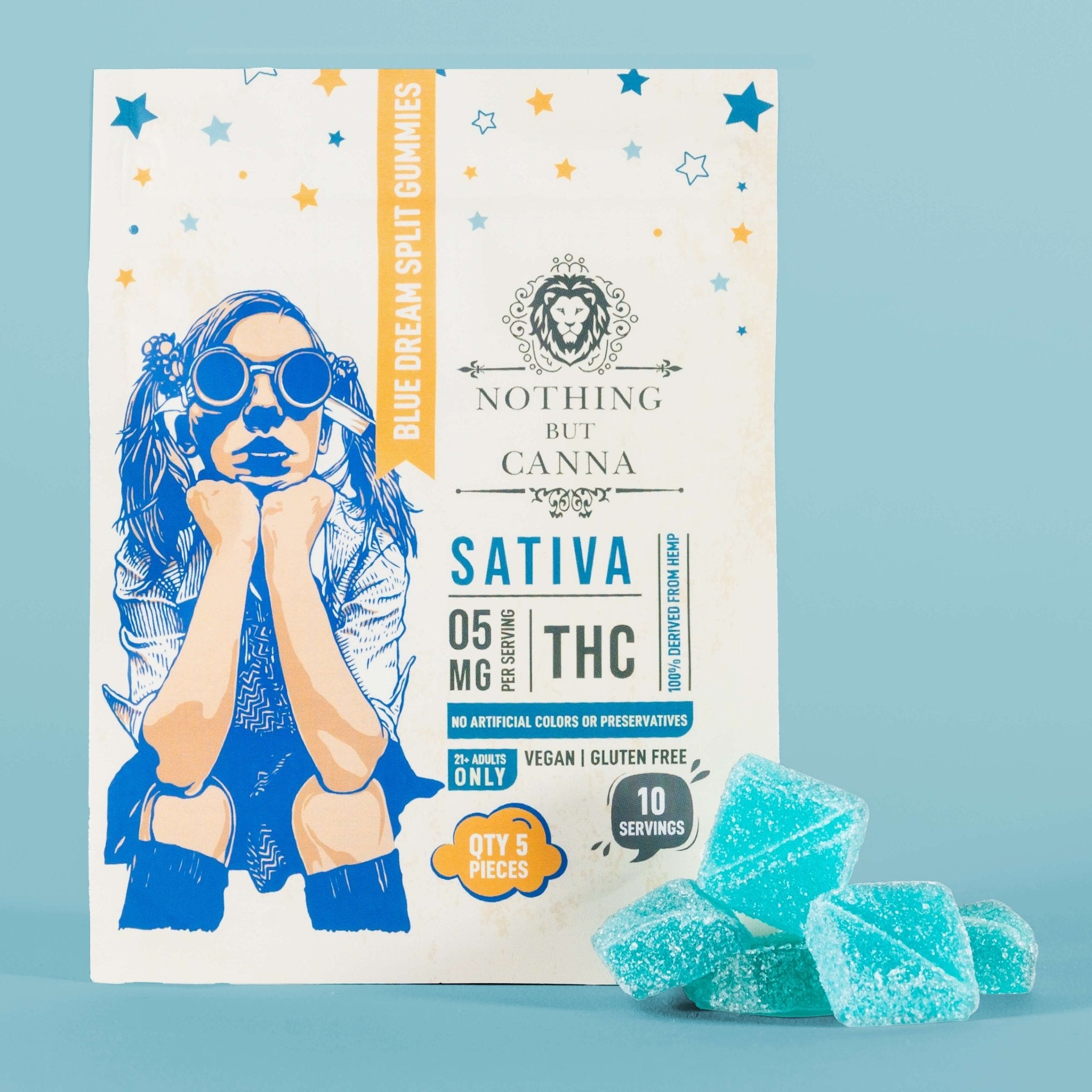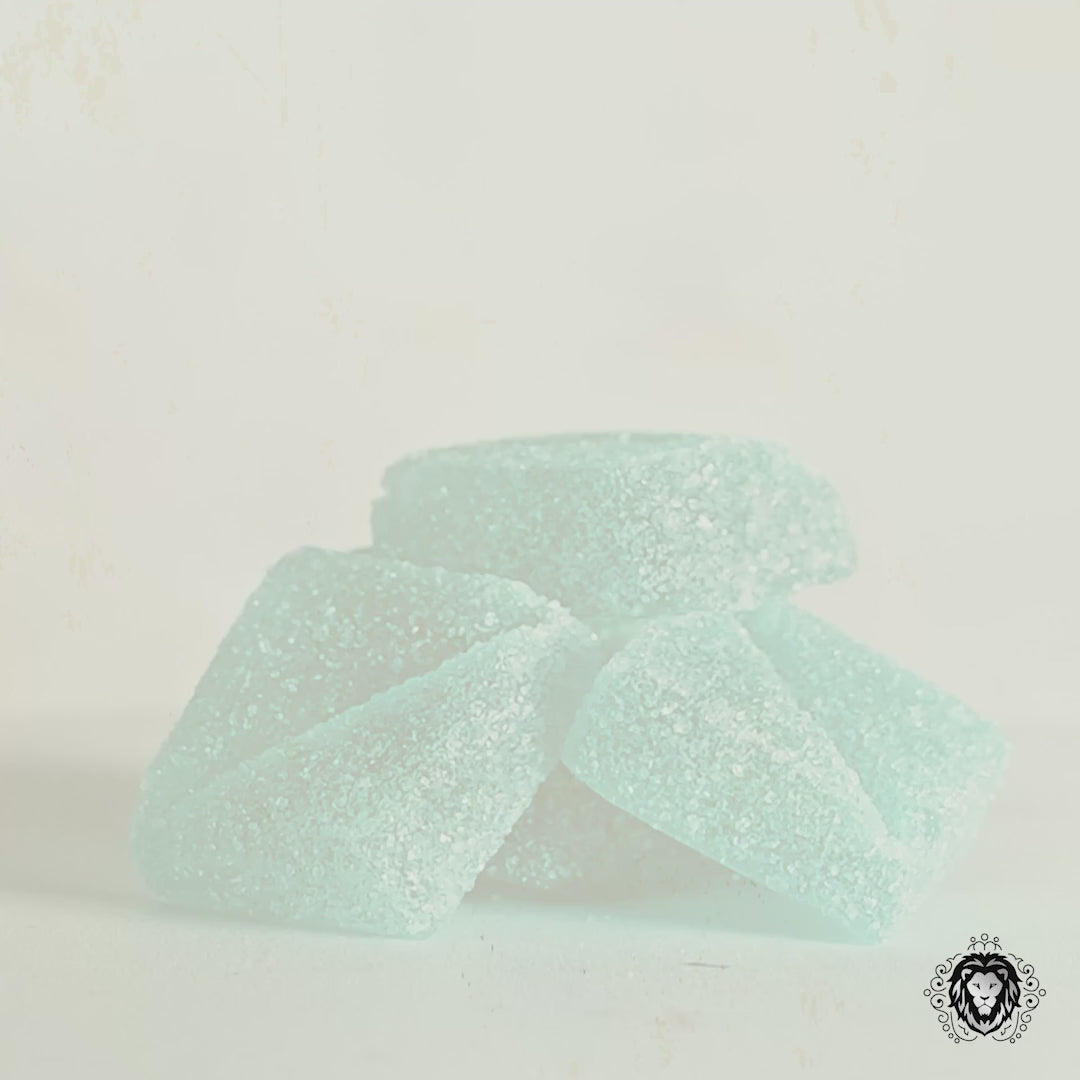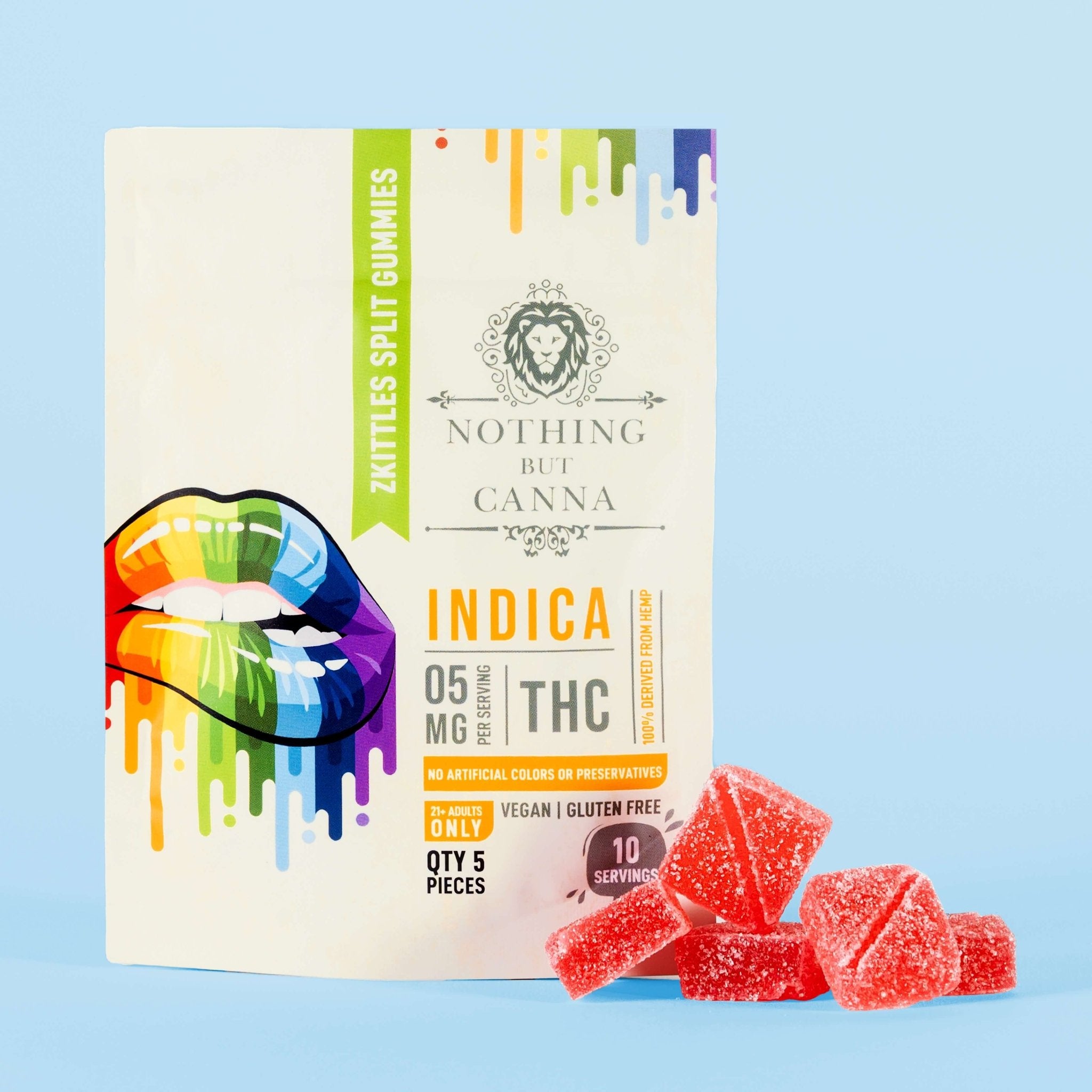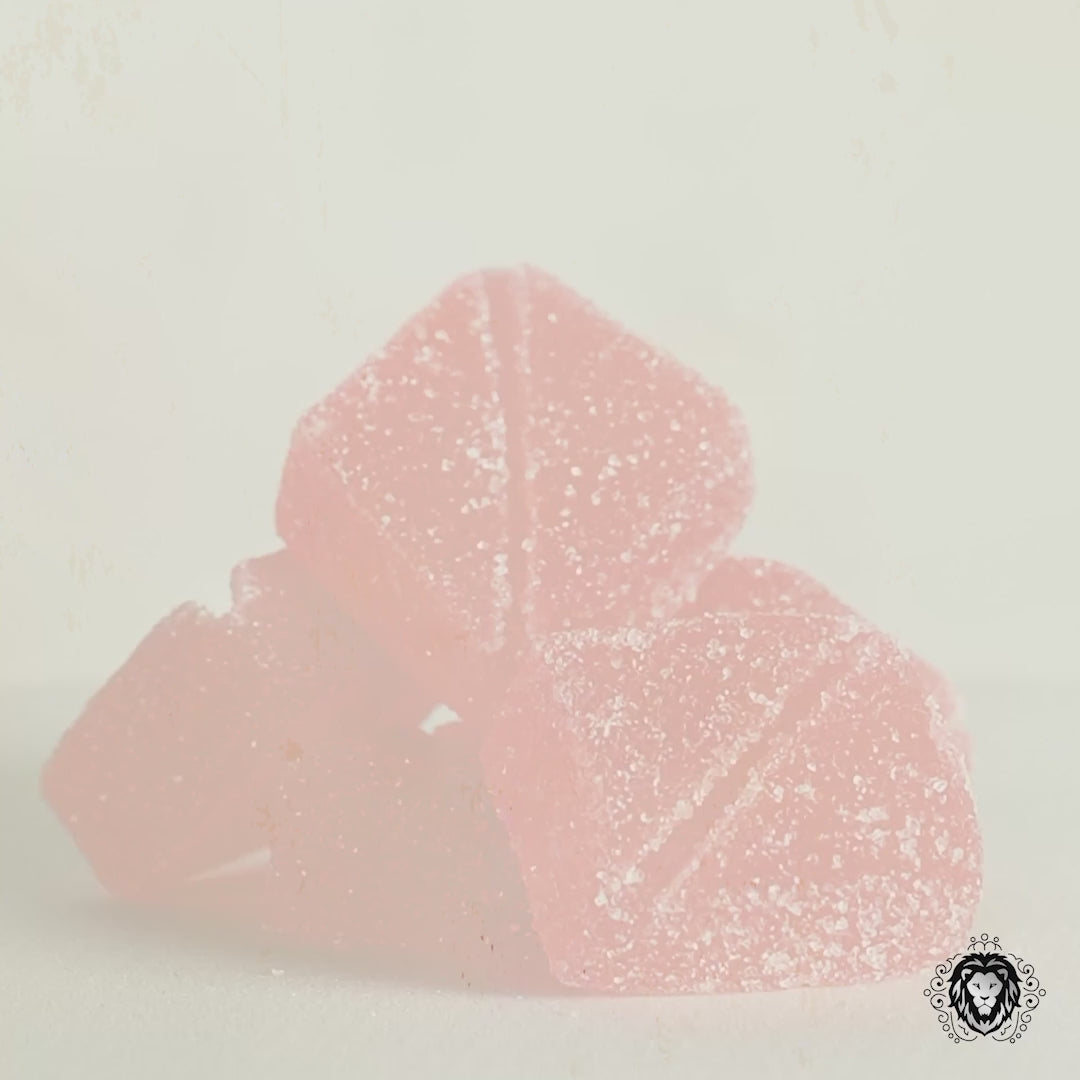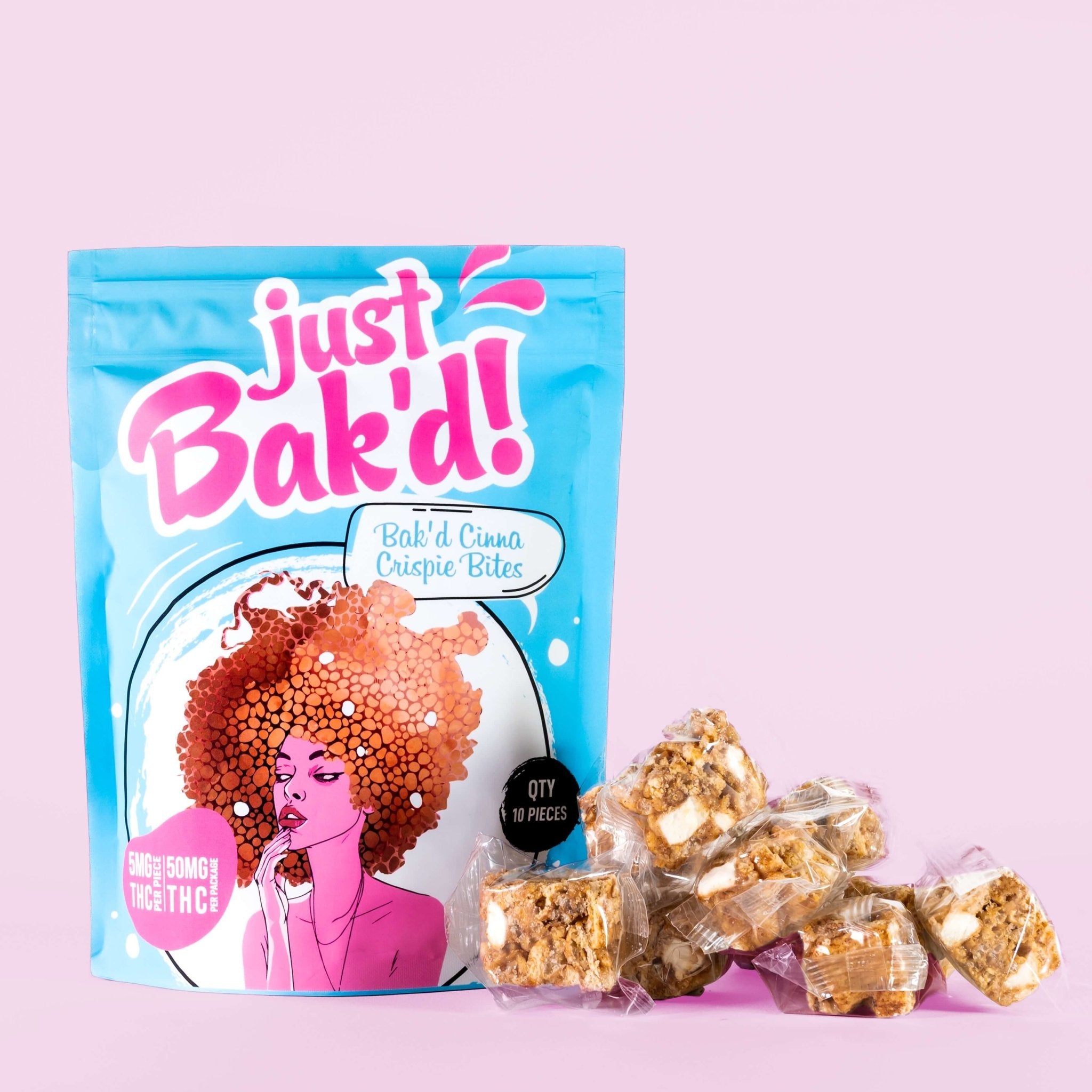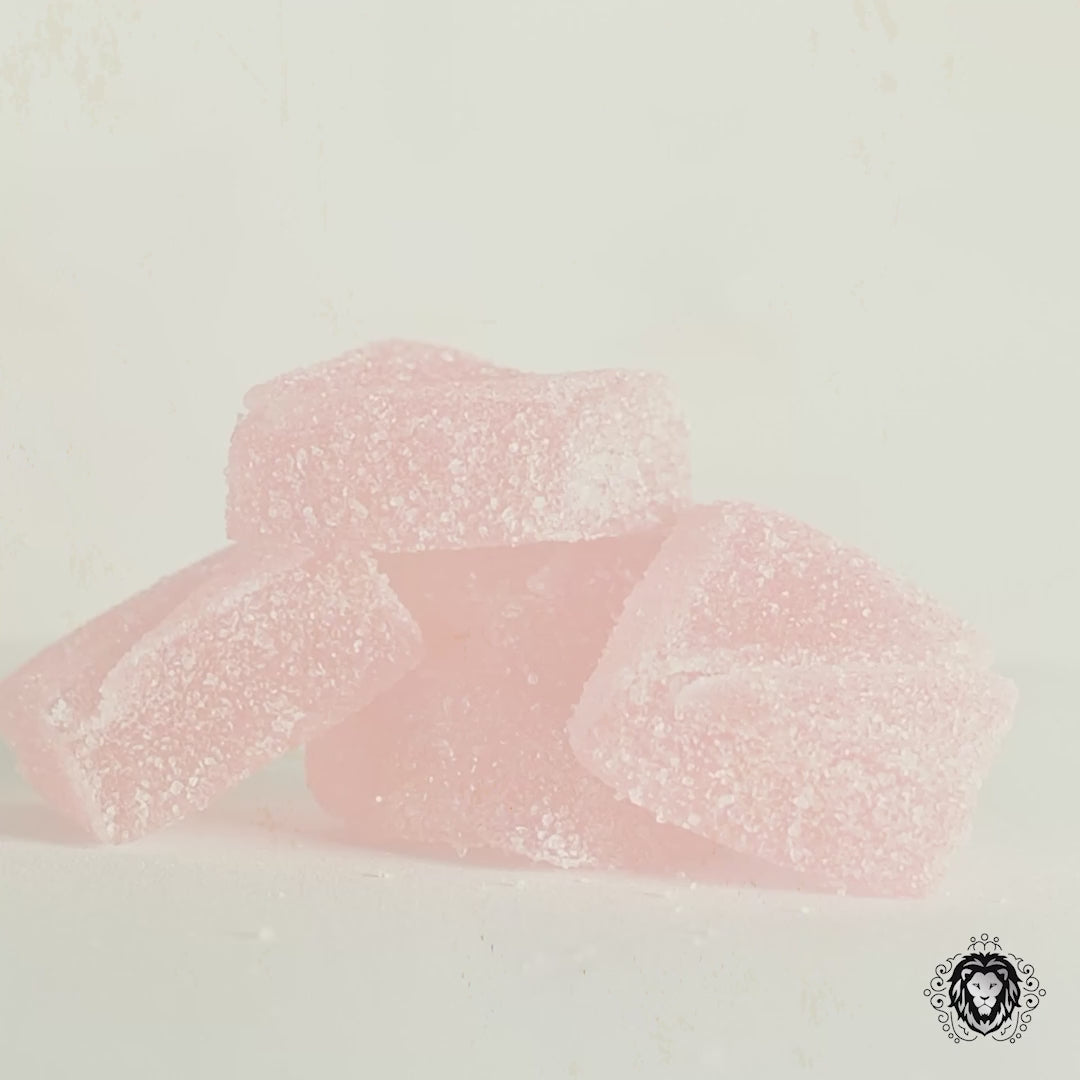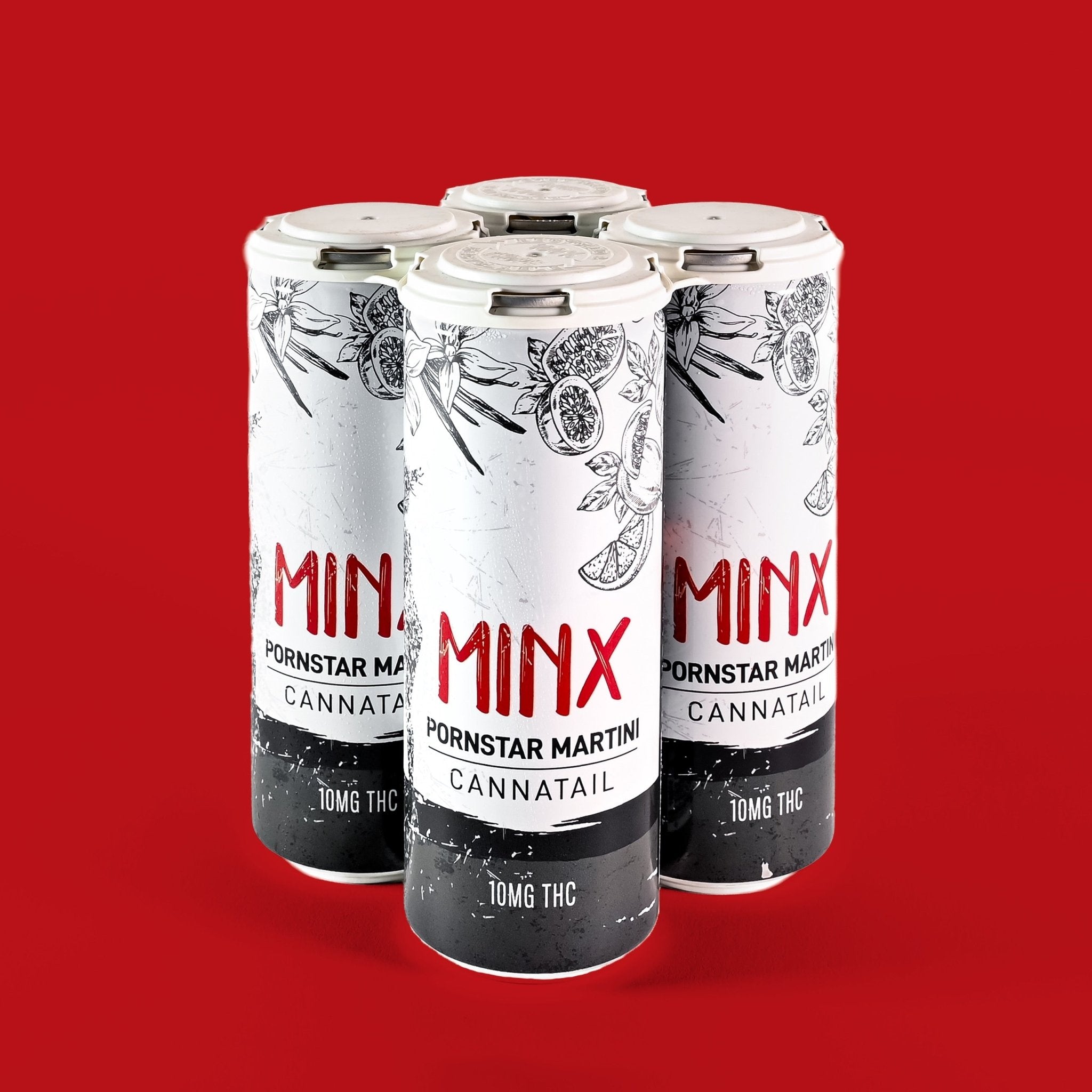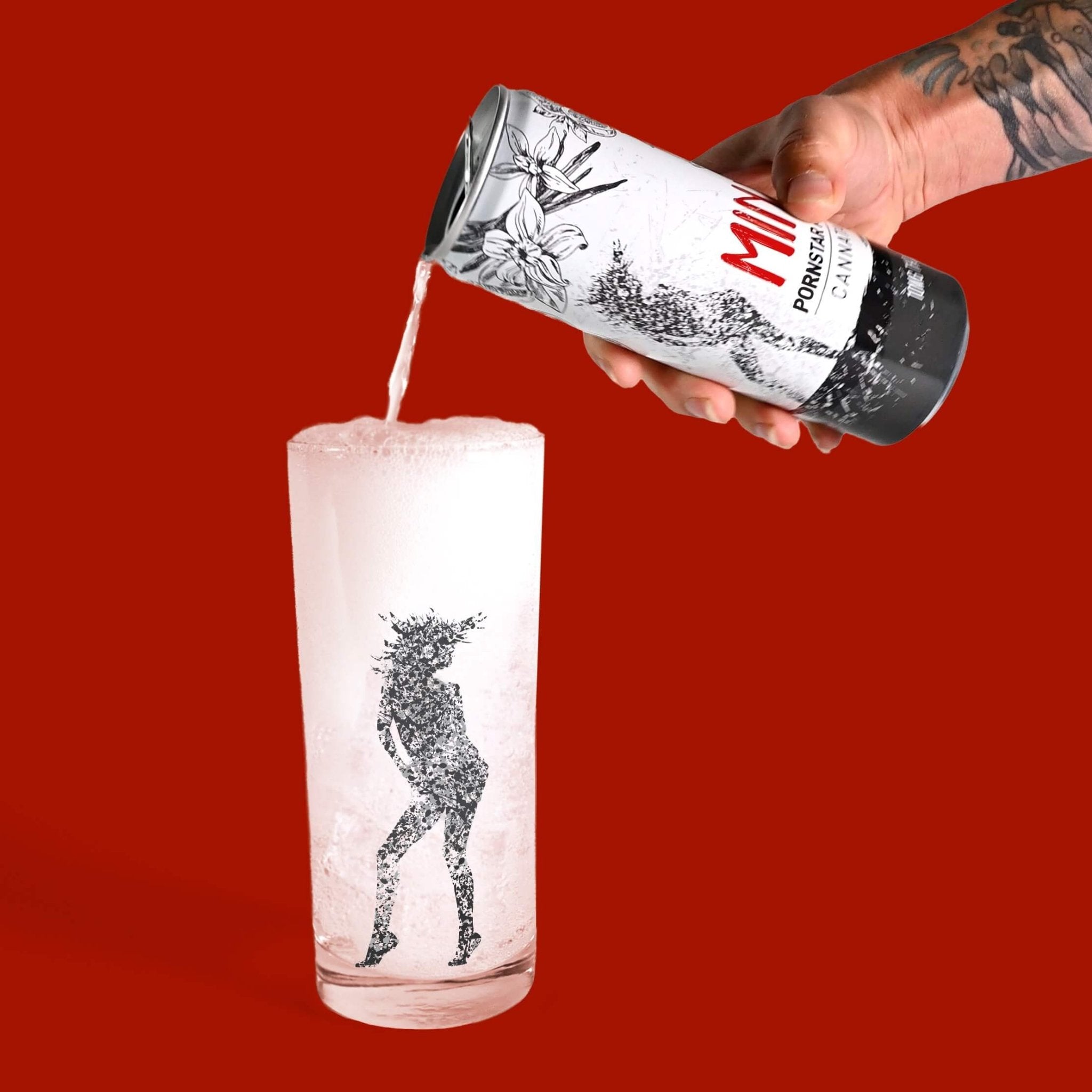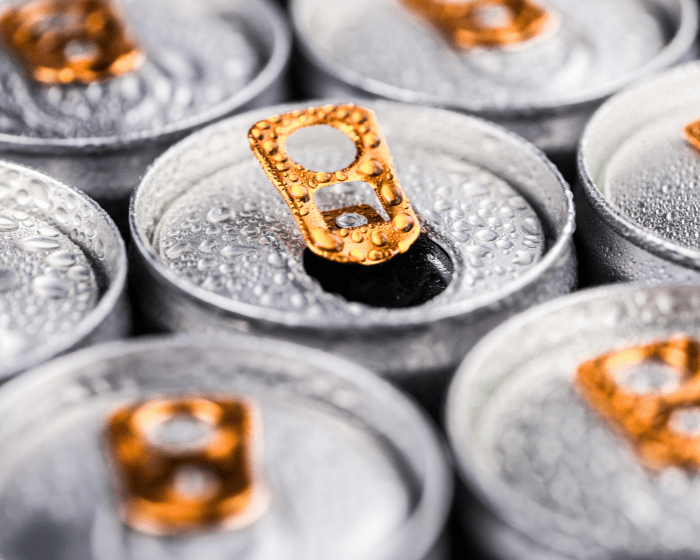
The concept of a “green Olympics” may be an oxymoron, considering the excesses of infrastructure, air travel and fake snow the event inspires. But Beijing did bring a little actual green to this year’s Winter Olympics, using hemp fiber to reinforce its track for bobsledding, luge and skeleton races.
This is believed to be the first time hemp has been used in construction for the Games, according to Hemp Industry Daily. The fibers were employed to minimize concrete shrinkage and early-stage cracking in the sprayed concrete sledding track.
The hemp fiber came from Canadian Greenfield Technologies, a processor based in Calgary, Alberta. The company developed the machine that was able to produce this fiber. It’s a decorticator, but instead of beating and grating hemp stalks with hammers, the machines use high-speed movement to keep the fiber coarse and strong.
Greenfield Technologies sent more than 60,000 pounds of its NForce-Fiber to China, where another company did the actual track building.
In response to news that the Jamaican bobsled team had qualified for the Olympics for the first time since 1998, Greenfield Technologies tweeted, “We're not saying that the loads of NForce-Fiber® #HempFiber reinforcement we sent for the bobsled track had anything to do with this but…”
In response to news that the Jamaican bobsled team had qualified for the Olympics for the first time since 1998, Greenfield Technologies tweeted, “We're not saying that the loads of NForce-Fiber® #HempFiber reinforcement we sent for the bobsled track had anything to do with this but…”
The deal has been in the works since 2018, according to the Journal of Commerce. Stephen Christensen, vice president and general manager of Canadian Greenfield Technologies, told the Journal that hemp fiber solves a number of problems unrelated to environmental impact.
“Steel isn’t often used [to prevent concrete shrinkage and cracking] because it’s expensive,” he said, “while glass is primarily used in decorative concrete products. The most commonly used fiber is plastic, which is hydrophobic in that the fibers would rather stick to the trowel than bond with the concrete. The fibers also protrude, making the product difficult to finish.”
In early tests to develop the NForce-Fiber, Christensen found that hemp was strong, bonded well to concrete, and resulted in a smooth surface.
“They typically don’t use fiber in bobsled tracks because they require such highly-finished surfaces and the fibers protrude. [...] The selected mix design was then trialed and it cracked like crazy. When they tried the fiber that we sent along, those problems went away.”
– Stephen Christensen, Vice President and General Manager of Canadian Greenfield Technologies
“They typically don’t use fiber in bobsled tracks because they require such highly-finished surfaces and the fibers protrude,” Christensen told the Journal. “We were originally recommended but turned down as an unknown technology. The selected mix design was then trialed and it cracked like crazy. When they tried the fiber that we sent along, those problems went away.”
According to Hemp Industry Daily, Canadian Greenfield Technologies recently announced the sale of its hemp-products division. The buyer is HEMPALTA, a new Calgary-based hemp processer. The sale was spearheaded by Darren Bondar, former CEO of cannabis retailer Spiritleaf, who sold the company for (CAD) $131 million last year.




